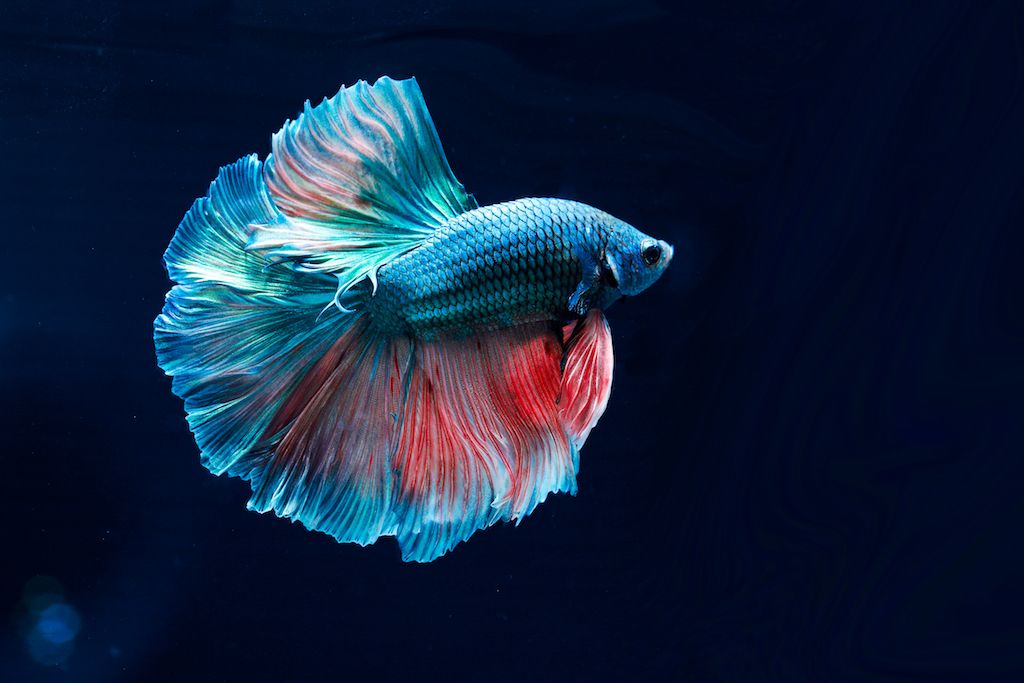Betta Fish Life-span: Exactly How to Guarantee Your Betta Lives Longer
Betta Fish Life-span: Exactly How to Guarantee Your Betta Lives Longer
Blog Article
Just How to Reproduce Betta Fish Successfully: Expert Strategies and Insights for Hobbyists Aiming To Expand Their Betta Collection
Reproducing Betta fish requires a nuanced understanding of genes and ecological conditions, making it crucial for enthusiasts to approach the procedure with both persistance and care. Producing an ideal reproduction atmosphere, selecting the appropriate sets, and observing the complexities of their courtship behaviors are fundamental actions that can significantly influence the result. The subsequent treatment of the fry is vital for guaranteeing their healthy and balanced development. As we check out these crucial elements, it ends up being clear that effective breeding is not practically the preliminary pairing but incorporates a wider method that values mindful consideration.
Recognizing Betta Fish Genetics
Comprehending the genetics of Betta fish is important for successful breeding, as it influences characteristics such as shade, fin shape, and actions. Betta fish exhibit a diverse array of colors and patterns, mainly figured out by their hereditary make-up.
In addition to coloration, fin morphology is an additional considerable facet of Betta genetics (betta fish). The sizes and shape of fins are affected by different genetics, consisting of those that determine whether the fins are short, long, or veil-shaped. Understanding these genetic variations aids breeders anticipate the phenotypic end results of their spawn
In addition, behavioral characteristics such as aggression and territoriality can also be influenced by genetics. These habits play an important role in the breeding process, as they can affect spawning success and the general personality of the resulting fry. By comprehensively understanding these hereditary principles, dog breeders can make enlightened choices, inevitably improving their breeding programs and attaining preferable results.
Preparing the Breeding Atmosphere
Developing an optimum breeding setting is important for the successful recreation of Betta fish. The first step in preparing this setting is to select a proper breeding container, ideally ranging from 5 to 10 gallons.
Next, think about using a sponge filter or an air rock to give gentle water circulation without creating solid currents that can worry the fish. It is necessary to install plants or reproducing cones to provide concealing spots and promote comfort for the female during the spawning process. Drifting plants, such as Java moss or water sprite, can also create a more natural surroundings while helping with bubble nest building by the man.
Before introducing the breeding sets, guarantee the water is conditioned and totally free from dangerous chemicals, such as chlorine or hefty metals. betta fish. Regular water modifications need to be performed to keep ideal water high quality, improving the opportunities of successful reproduction. With these prep work in position, the breeding setting will support the health and wellness of both Betta fish
Choosing Reproduction Pairs
Choosing the best reproduction sets is crucial for attaining successful Betta fish recreation. Healthy and balanced Betta fish display vivid colors, clear eyes, and active habits.
Personality is an additional vital factor to consider, as Betta fish are known for their aggressive nature. It is advisable to select a man and lady that exhibit compatible characters to reduce anxiety throughout website link the reproducing process. A calm man can motivate a smoother courtship, while a woman that is as well hostile might interfere with the process.
Hereditary blog history likewise plays a considerable function in the high quality of the spawn. Breeding fish that are genetically diverse can decrease the risk of hereditary health and wellness issues and improve the total vigor of the fry. It is helpful to research the family tree of both the male and woman, concentrating on preferable traits such as fin kind, color scheme, and dimension.
The Breeding Process
The reproduction process of Betta fish needs careful planning and attention to information to make certain an effective result. Initially, it is vital to prepare an appropriate breeding container, ideally a 5-10 gallon aquarium with a temperature level maintained at 78-80 ° F. The container ought to be outfitted with a heating unit, filter (ideally sponge kind to stay clear of solid currents), and lots of marine plants for the woman to conceal.
As soon as the environment is established, present the picked reproducing pair to the tank, permitting them to adjust. Observe their habits; the male will certainly present intricate courtship routines, consisting of flaring his fins and constructing a bubble nest. If the woman shows passion, she will display vertical stripes showing readiness for spawning.
When the lady is responsive, both will certainly involve in a mating welcome, throughout which the male feeds the eggs. It is essential to check their communications closely, as the male might end up being hostile. After spawning, get rid of the woman to avoid possible injury. The man will certainly often tend to the eggs, which typically hatch out within 24-36 hours. Maintaining optimum water conditions throughout this period is important for the development of healthy Betta fry.
Taking Care Of Betta Fry

Feeding Betta fry is crucial, as they need a diet plan high in protein. Originally, they can be fed infusoria or fluid fry food, transitioning to finely smashed top quality pellets as they expand. Feed little sections several times a day to encourage healthy and balanced development without straining the storage tank with uneaten food.

As they mature, monitor their growth very closely and separate any hostile people to stop injury. By supplying a supporting environment and appropriate nourishment, enthusiasts can efficiently raise Betta fry right into vibrant, healthy and balanced fish, inevitably boosting their reproduction ventures.
Conclusion
Effective Betta fish reproduction calls for precise attention to hereditary choice, environmental problems, and treatment for the fry. By understanding the genetics of Betta fish and preparing a proper breeding atmosphere, enthusiasts can enhance the chances of producing vibrant, healthy and balanced offspring.
Report this page